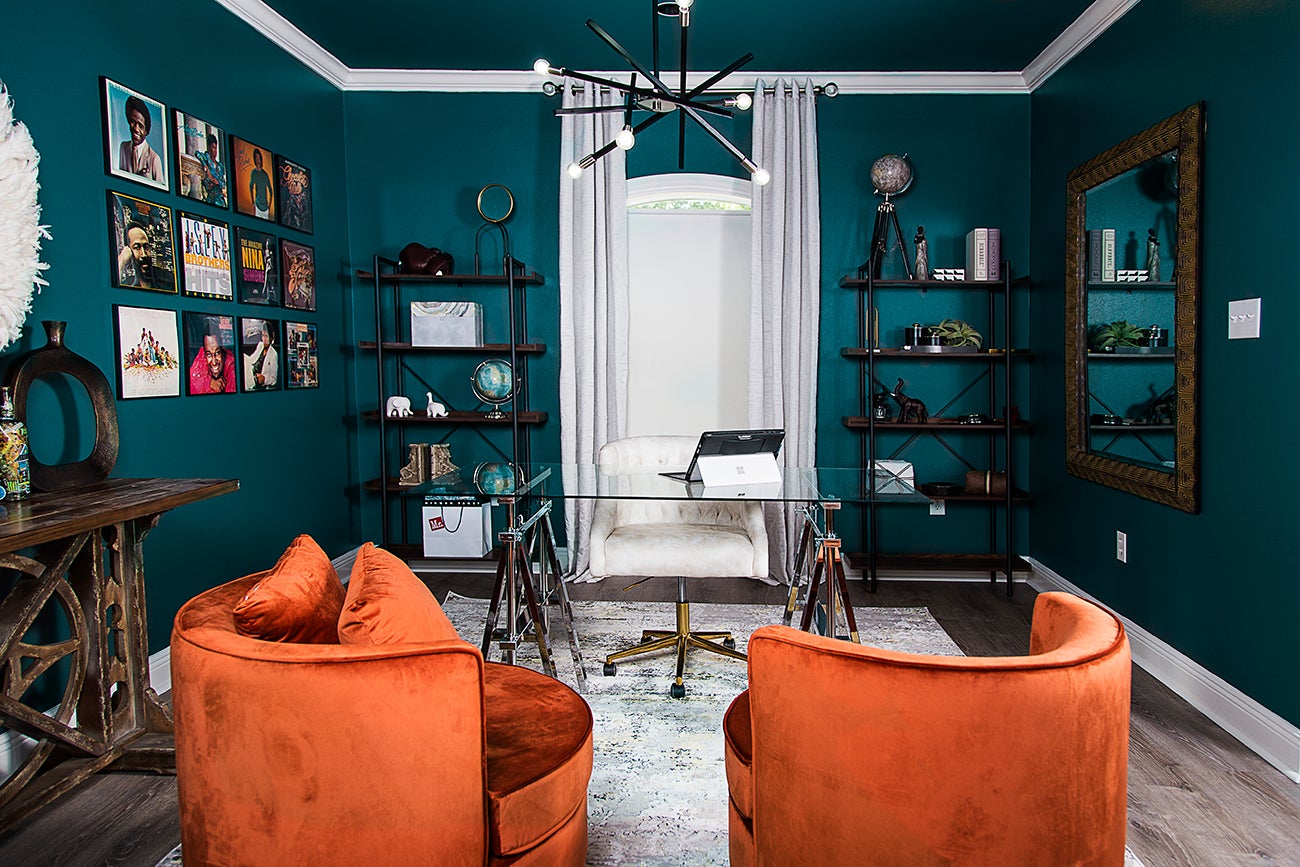In a world of product, making sense of every sample is more than a skill—it’s an art. Here, we ask four designers—Whitney Jones, Kelly Taylor, Brooke Wilbratte and Nathalia Hara—how they manage their sample library.

Room for Color
“We have a sample room where we organize our wallpaper and fabrics. We separate by style and color, while keeping the bold, unexpected materials together so that I can easily access them as a starting point for my projects. It’s not the prettiest sample room, but it’s efficient. I keep my plumbing and lighting samples in a cubby in my office, since I refer to them almost daily. When we pull a sample for a client, we note them on a sample spreadsheet that notates all the materials we are using by vendor and client, and we try not to reference them again [in future projects]. For any samples we ship from the studio—whether it’s for our e-design clients or other designers—we remove the tags and put them in a task box to quickly reorder them.” —Whitney Jones, Whitney J Décor, Gretna, Louisiana

Wheel of Fortune
“While it’s true that shelf space comes at a premium in our office, we could not design our projects without an extensive physical sample library. Colors, tones and textures read very differently online so [relying on] digital imagery can be a recipe for design disaster. We are very selective in what we keep long-term, as we can only fit so much. Based on the projects we are working on at any given time and new products we are eager to see, we rotate samples in and out. Keeping all of our samples organized by type and vendor allows our sales reps to easily keep our sample collections up to date.” —Kelly Taylor, Kelly Taylor Interior Design, Providence, Rhode Island

Bins For Days
“All of our samples—from fabrics, wallpapers and rugs to wood and metal samples—are organized in clear plastic labeled bins inside floor to ceiling cabinets. They are categorized in a way that works for [our firm]. For example, we have tons of textured fabric samples from many different vendors, which is a staple in our work, that we have divided by light, medium and heavy textures. We are also constantly editing, as well as removing discontinued items. The worst thing you can do is pull a whole room together and find out that a crucial fabric is discontinued. Another essential in the office is a ‘to organize’ bin. It gets messy when putting a design together using samples, so as we eliminate some, we throw them in that bin to keep the process tidy. Then we put them back in their original bins when we have time.” —Brooke Wilbratte, Tribe Design Group, Austin, Texas

Label Maker
“I like to organize my samples by type (tile, carpet, fabric and so on), not only on shelves and drawers with labels but also in an Excel spreadsheet. Every time we receive a new sample, we take a picture and include the information in the spreadsheet. We also have a drawer for each client to store all the samples for a particular project. In the inventory spreadsheet, we make notes of where the sample is located and for how long.” —Nathalia Hara, One Design, Toronto
Homepage image: A home office designed by Whitney Jones | Britt Smith Photography





























